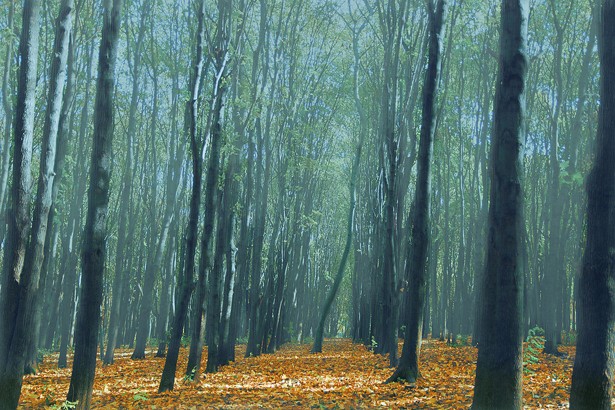Si Gao
A thesis submitted in partial fulfillment of the requirements for the degree of Master of Science University of Washington 2016
Abstract: “Biochar additions to agricultural soil have been shown to result in many benefits; however, most studies have been conducted in greenhouse or laboratory trials with few being conducted in the field and particularly in association with organic farming systems. Herein, this gap was addressed by conducting on-farm studies on the efficacy of locally produced biochar as a soil amendment in small-scale organic agriculture on 10 farms in San Juan County, WA.
Biochar produced from local timber harvest residues in the San Juan Islands was applied in factorial combination with a poultry litter based fertilizer to replicated plots on all 10 farms. Dry beans (Phaseolus vulgaris L) were grown on eight of the farms with green beans and cauliflower being grown on the other two. Soils were examined for nitrogen (N), phosphorus (P), and carbon (C) pools during the growing season. Dry bean samples were evaluated for metal uptake. Results showed that biochar additions enhanced soil total C by 32-33%, soil available NH4 + by 45-54%, soil active organic N by 48-110%, and active inorganic P by 29%; biochar additions enhanced soil NO3 – -N, NH4 + -N, and P retention by 33%, 53% and 39% respectively. Increased availability of soil P, Fe, Mg, Zn was reflected in nutrient density of harvested dry beans. This study demonstrates that locally produced wood biochar has the potential to increase soil nutrient availability and nutrient uptake. By producing biochar from timber harvest residues and applying them on neighboring organic farms on the San Juan Islands, WA, this study leveraged local resources and community readiness to drive forest restoration and sustainable agricultural practices on the sandy soils of the San Juan Islands.”
Conclusion: “Soils of San Juan County, WA are dominated by sandy soils of glacial origin, which have a naturally high leaching capacity and limited water holding capacity. The area has an urgent need for forest health treatments to reduce fire risk on this isolated dry-forest ecosystem. The results from this short-term field study on ten organic farms in the San Juan Islands, WA suggest that locally produced biochar applied alone or when “charged” with chicken litter has the potential to improve N and P availability; increase nutrient retention; and increase dry bean nutrient density. By producing biochar from local timber harvest residues and applying them in neighboring agricultural soils, our study illustrated an overall positive benefit of an integrated agronomic and forest management strategy. Organic farming systems strive to create closed nutrient cycles that have lower immediately available nutrients compared to conventional farming. We believe on-site produced biochar used in our study could potentially improve nutrient cycling and availability to crops. Further studies are needed to explore the stability and long-term effectiveness of our on-site produced biochar on overall soil health.”

